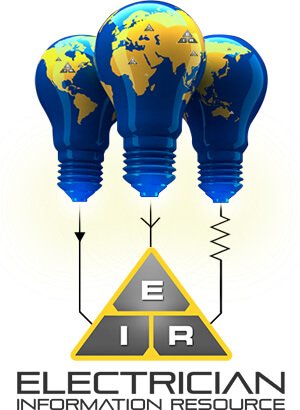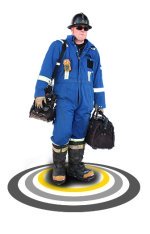Home Energy Saving Devices Explained
Major home energy use comes from temperature-related operations such as heating and cooling your food, water and home. The rest of the usage is consumed by electric lighting and appliances.
You can conserve energy by practicing these energy-saving habits:
- Check for drafts throughout the home. Check windows, doors and any other places warm air can escape and cold air can move in.
- Have your home audited to determine which areas are wasting energy. Home energy monitors can also help with this by telling you how much energy an appliance is consuming.
- Some appliances draw energy even when not in use. Unplug these, if possible, to ensure they aren’t wasting electricity.
- Turn off lights, radios and television sets you are actively using.
- Recycle whatever you can.
- Close the refrigerator door. Keeping it open when pouring a drink or separating food items wastes energy because the internal temperature rises, which must then be cooled down again, taking more energy than maintaining a steady temperature.
In addition to changing your habits, there are all sorts of gadgets and appliances that can help you reduce the amount of energy you consume. New technology has improved the efficiency of these appliances, so they work just as well as older models, but use less than half the amount of electricity.
Energy Saving Light Bulbs
Energy-efficient light bulbs provide the same amount of illumination as incandescent bulbs, but only consume between one fifth to one third as much electricity. These bulbs also last up to ten times longer than conventional bulbs.
These bulbs are available in a variety of shapes and sizes, and fit into conventional fixtures, so you can use them for all of your lighting needs.
Solar powered lights – these come in a variety of styles and be used indoors or outdoors. The outdoor versions are different than the indoor versions, but both types work great. A full day of sunlight charges these lights up enough to run until morning. This means that even on cloudy days, the lights gather enough sun energy to light up your yard or home until at least midnight, which is usually more than enough for the average household. Some small lights, like night lights, can be powered by just about any light, so they don’t have to be put out in the sun during the day.
Lighting Controls
There are two main types of energy-saving lighting controls. Each one uses a passive infrared (PIR) sensor for automatic operation. The Occupancy Sensor control turns the light off when a person leaves the room and on when someone enters. The Vacancy Sensor control turns the light off when the room is empty. Both types of controls save electricity by making sure lights aren’t left on in rooms no one is using. If you can’t get into the habit of turning off lights you aren’t using, these controls can be big help. They are also very useful for rooms with the switch on the wrong end – you won’t have to walk through a dark room to turn on the light, it will come on automatically as soon as you enter.
Energy Efficient Appliances
- Vacuum electric kettle – unique cross between a kettle and a thermos. Save energy by boiling water less often. Once the water boils, it stays hot for hours.
- 1.7L Eco kettle – boils water faster than standard kettles to save energy. Includes a removable water filter and safety shut off feature.
- Manual espresso coffee maker – doesn’t use any electricity, except what is needed to boil water in your eco kettle. The manual pump provides the pressure.
- Solar kettle – boils water using the power of the sun. For best results, use in direct sunlight, but water will heat on cloudy days.
- Eco bread maker – fresh homemade bread in less than half the time of regular automatic bread making machines.
- Rechargeable batteries and solar powered recharger – rechargeable batteries save money and the environment, while a solar powered recharger saves energy by using solar power to recharge the batteries instead of electricity. Batteries are available in all sizes, so you can power all of your devices with rechargeable batteries. And solar powered chargers are available for every size of rechargeable battery.
- Usage monitor – this device measures how much electricity an appliance uses. By reducing the length of time you use high consumption devices, you use less energy. Trying to not use high consumption devices or reducing the number of these devices in your home, will reduce energy usage even more.





